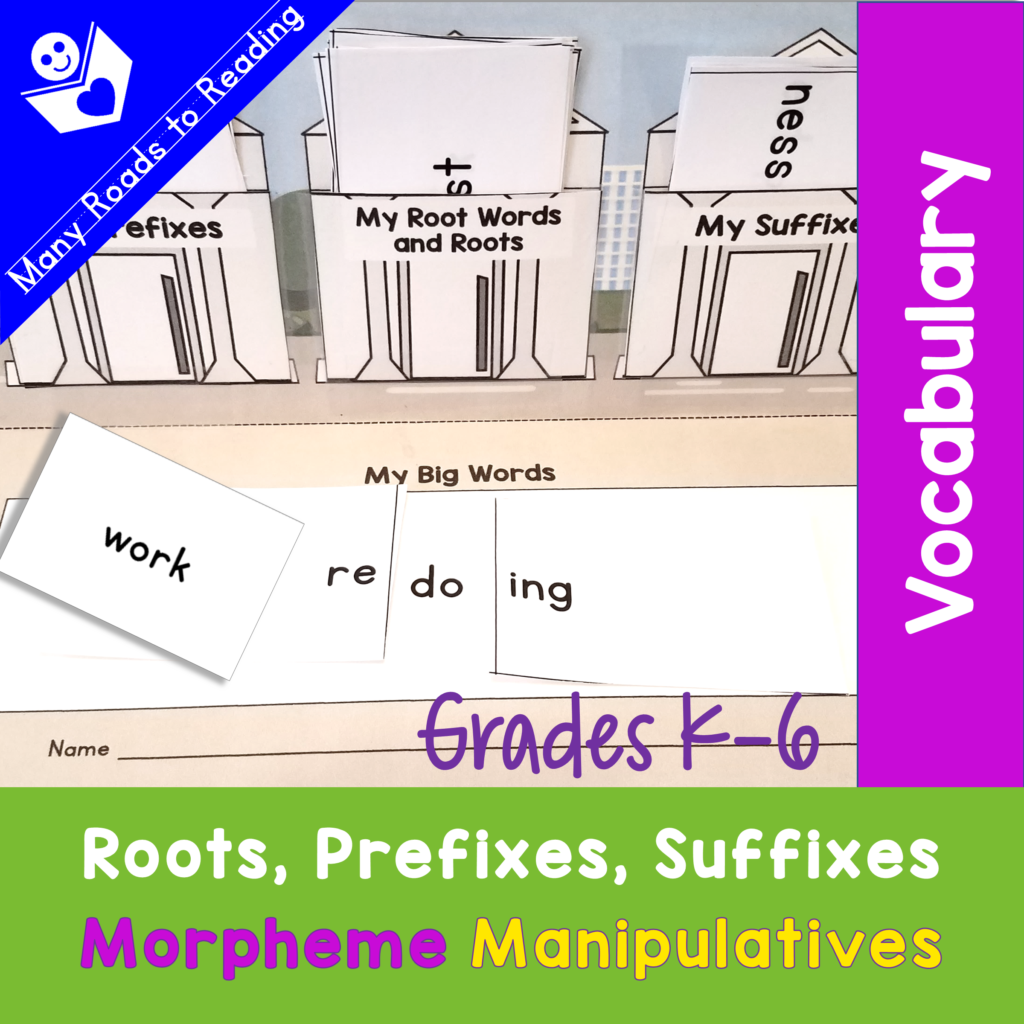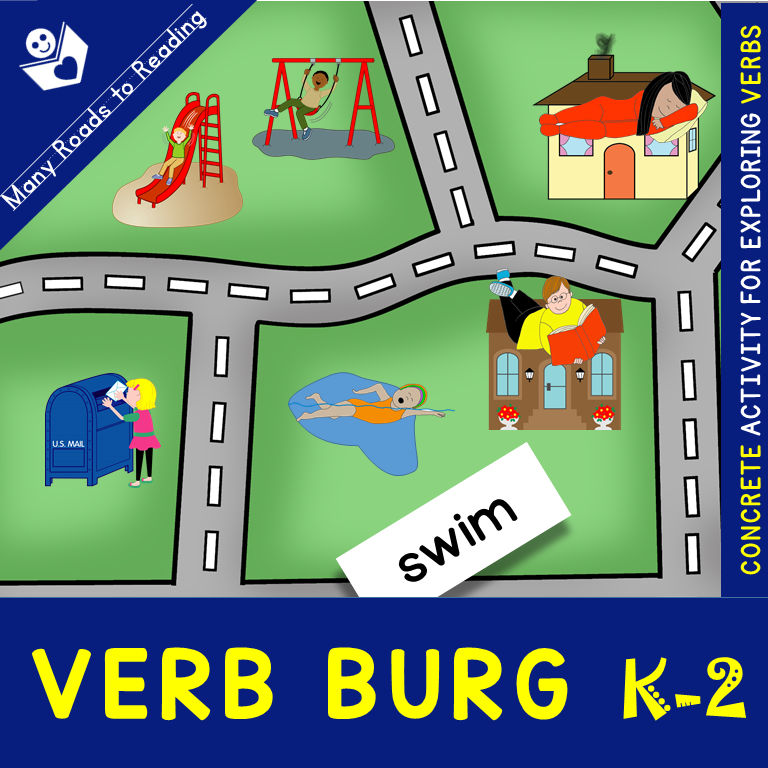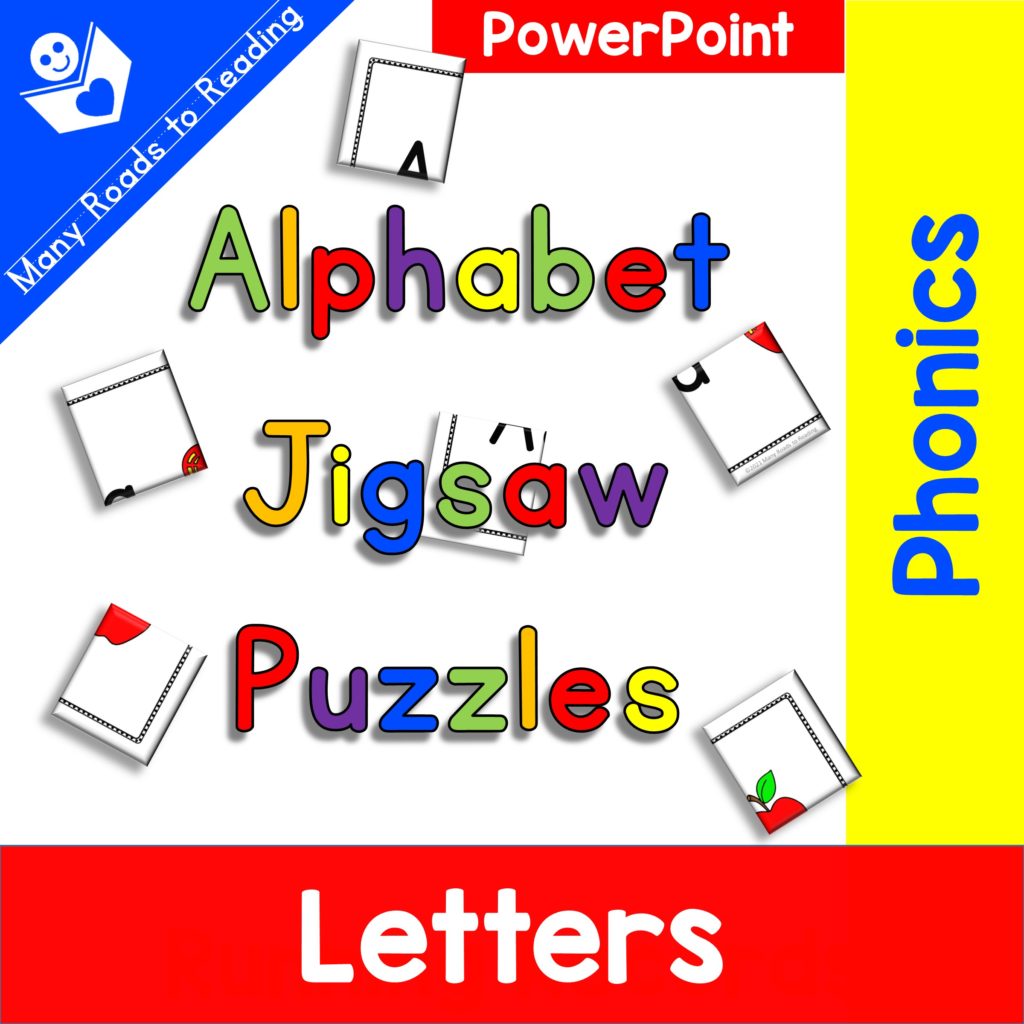
Are you or your reading students suffering from the “midyear blues”? For many teachers, this midwinter halfway point in the school year is a challenging time.
Some of our students have stopped putting much effort into learning to read. Perhaps they were practicing inefficient reading strategies that are no long working for them, or maybe the text level is just too frustrating, so they’ve given up.
We adults may be having trouble focusing on day to day lessons, as well, with worries such as report cards, parent conferences, and high stakes tests. And, yes, we’re also fretting about those children who have tuned out from reading.
Never fear! There are solutions for the midyear blues.
Before you can solve the problem, though, you have to define it.
Look in the mirror first
The easiest place for us teachers to look first is at ourselves. Ask yourself:
- Am I preparing my lessons well?
- Does each lesson have a focus?
- As I’m teaching, do I stick to my planned focus?
- Am I encouraging my students with positive reinforcement, or am I paying too much attention to their weaknesses? (With all the midyear pressures, it’s easy to slip into this negative mentality.)
- Am I differentiating sufficiently to meet my students’ needs?
- Do I know for sure what each student has mastered and needs next?
- If not, do I need to conduct more assessments?
Create your own midyear benchmark
Halfway through the year is a good time to use a benchmark to see how my readers are doing. This can be as assessment you make yourself, based on the skills and content you expect your class to have mastered at this point.
- What phonetic strategies or skills have you taught? Think of some unfamiliar words you feel the students should be able to decode (but haven’t seen yet).
- What sight words have you taught and expect kids to know?
- What text level should the students be able to read with at least 80% accuracy?
- Should the children be able to summarize the story they just read?
You can design the benchmark based on your teaching goals or grade level curriculum, by yourself or with your colleagues. The advantage of creating your own benchmark, of course, is that you can pinpoint your assessment to exactly what you want to find out. Creating your own assessment is rewarding. Try it! These blank forms (fillable PDFs) can help you.
Save time with a premade benchmark
Don’t have time to create your own benchmark at this busy time of year? There are plenty of published ones available. Here’s an outgrowth of one I made with the help of the first grade team at our school. It includes 5 subtests:
- Spelling (group)
- Dictation (group)
- Nonphonetic High Frequency Words (individual)
- Phonetic Words (individual)
- Running Records (individual)
Administer all the subtests or just pick one or two. Use the 6 class and individual summaries to record the test results and see, at a glance, how your students performed on the assessments.
- Class Assessment Summary
- Class Nonphonetic High Frequency Words
- Class Phonetic Words
- Class Phonetic Analysis
- Class Running Record Progress
- Individual Running Record Progress
Who needs what?
Whatever benchmark you decide to use, collect your data and come up with a plan.
- Do you need to reorganize your reading groups? Maybe the assessment results pointed out that some of your assumptions about your students were not accurate.
- Is just one student having difficulties in reading? If so, carve out some time in your schedule to work with the child. Or set up some extra tutoring time after school.
- If several kids are having problems, organize a special group, in addition to your regular groups. This group can focus on phonics, sight words, or whatever your group needs. Hopefully the group will be temporary.
- Where to find time for an extra group? The children who are working more independently may not need as much time with you now, so you can replace one of their sessions with the new group.
Shake it up!
What if the whole class is more distractible and off-task than usual? Then you need to shake up the classroom with something new and different–a pleasant surprise!
- Spend the weekend rearranging the furniture in the classroom. You want a big WOW when the arrive at school on Monday morning.
- Hang a clothesline with students’ completed work on it–or tell the kids it’s for work they are about to do.
- Change the bulletin board. The printable Noun Town activities have bulletin board graphics that provide a fun way to learn about nouns. Here’s a sample of a bulletin board graphic for Noun Town in Winter.
- Maybe your students are ready to work on a special nonfiction project such as an autobiography (All About Me) or a research project on animals. (While more independent children are working on their projects, you can grab some time with the needier students you identified with your benchmark test.)
- Educational hands-on activities are a wonderful way to keep students focused and learning during challenging times. Here are a few resource where the students are active participants.



- When all else fails, sprinkle some educational games into the mix! You may have your own favorites. I especially love the class bingo games I’ve created. Kids learn twice as much with these versions, since they have to create their boards first by writing words, and then read the words when playing afterwards.




- Setting up a Random Acts of Kindness opportunity can add some love and caring to your classroom. Give the children suggestions for acts of kindness they can do at home or at school. What a wonderful brainstorming session this can be. There are all sorts of ways to encourage RAK. One is having a jar into which the children write notes about the kind acts they did. Here are some suggestions for RAK at school and at home.

We’ll get through this midyear time together! Hopefully these suggestions have given you some ideas to liven up your classroom. And please add any of your own discoveries in the comments section below.
We’ll help our student progress to the best of their abilities, add a little sparkle to the classroom, and get everyone’s learning back on track. Meanwhile the days are getting longer, and spring will come!






Leave a Reply